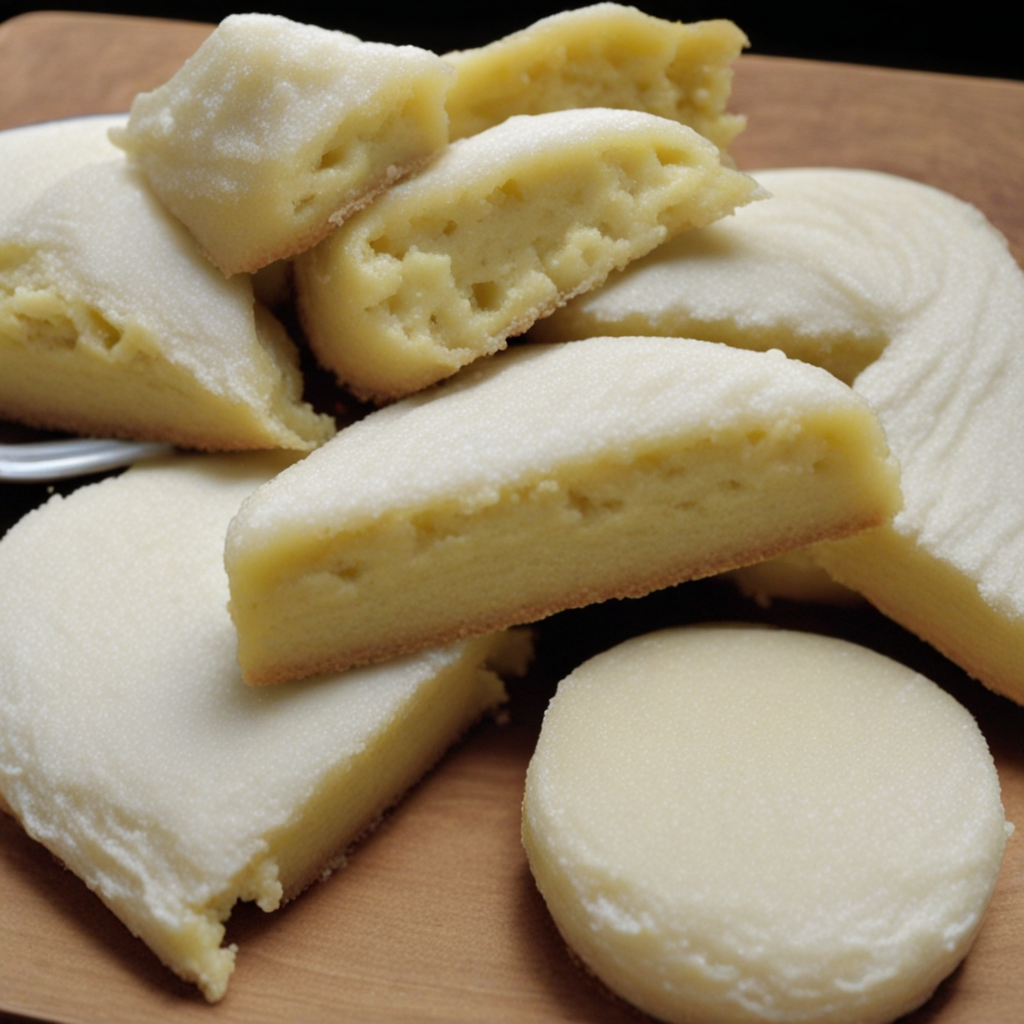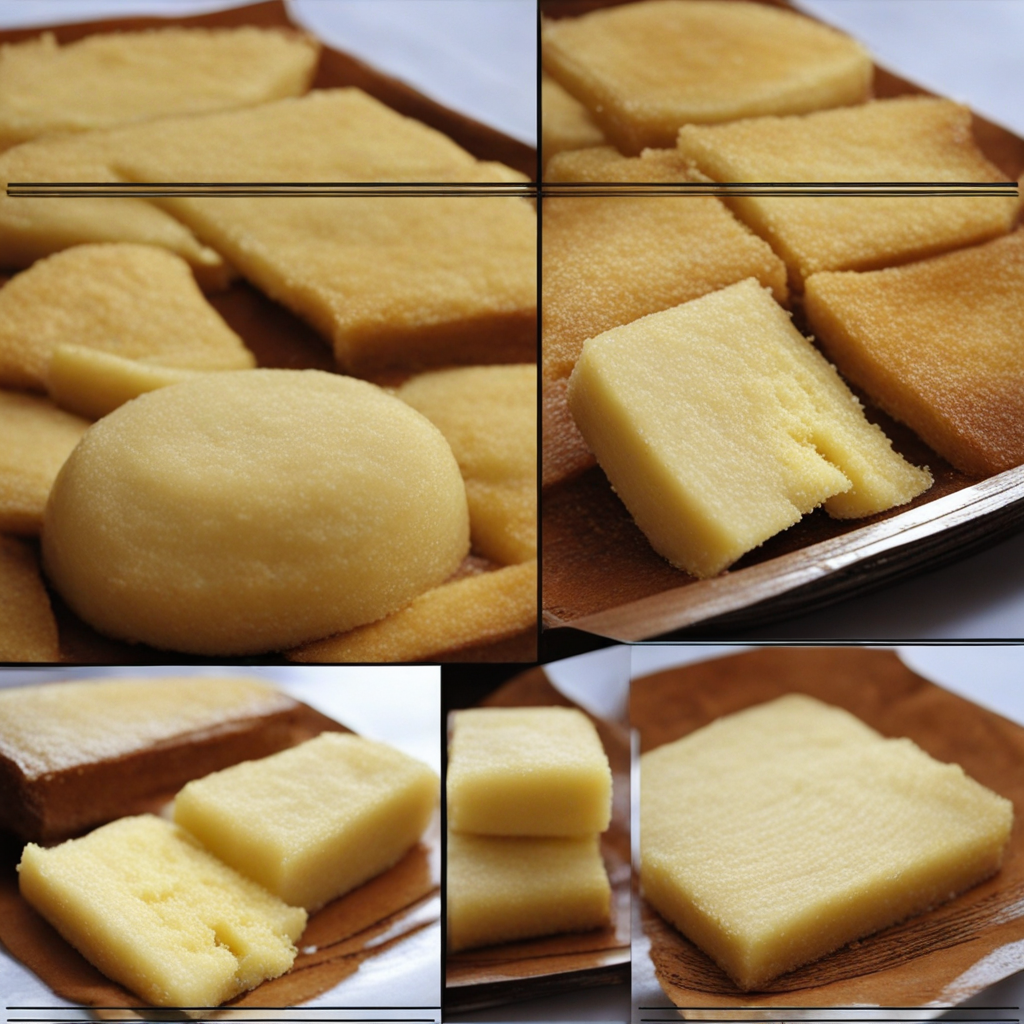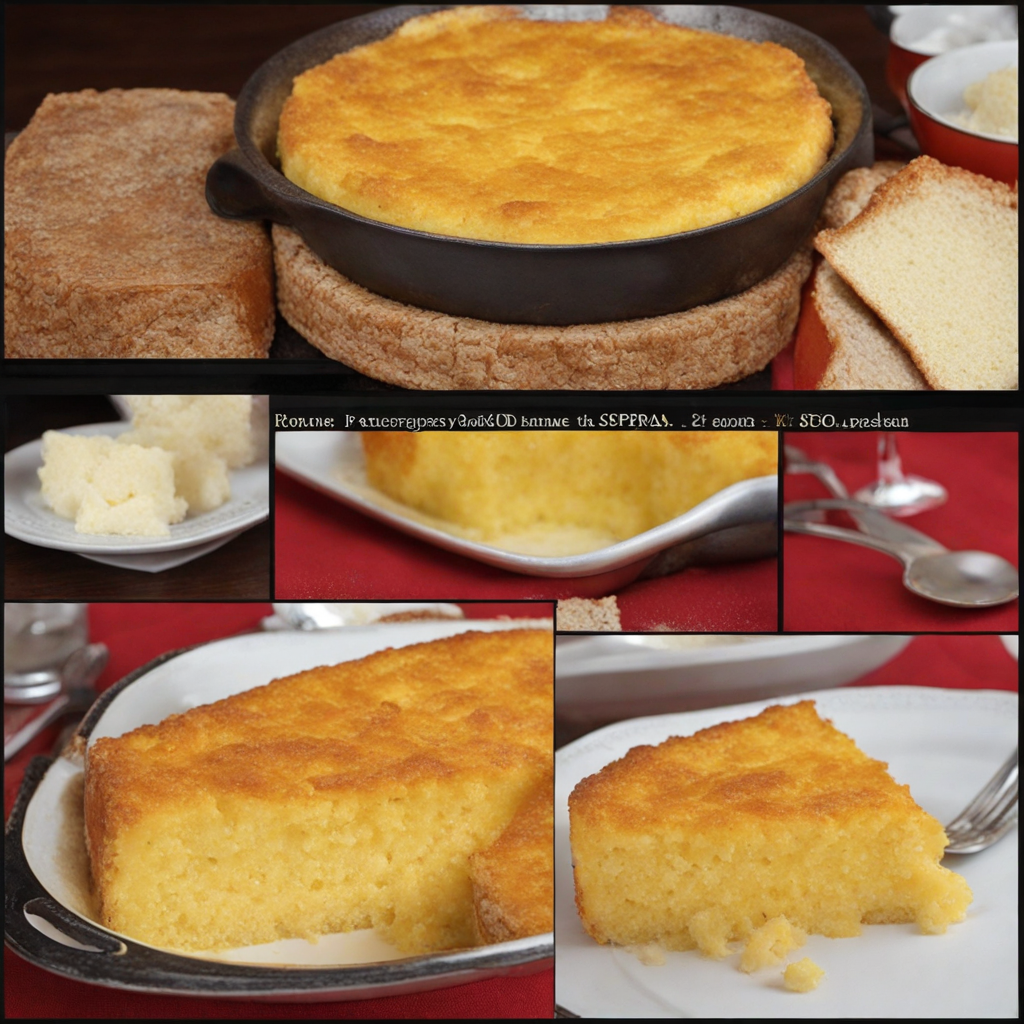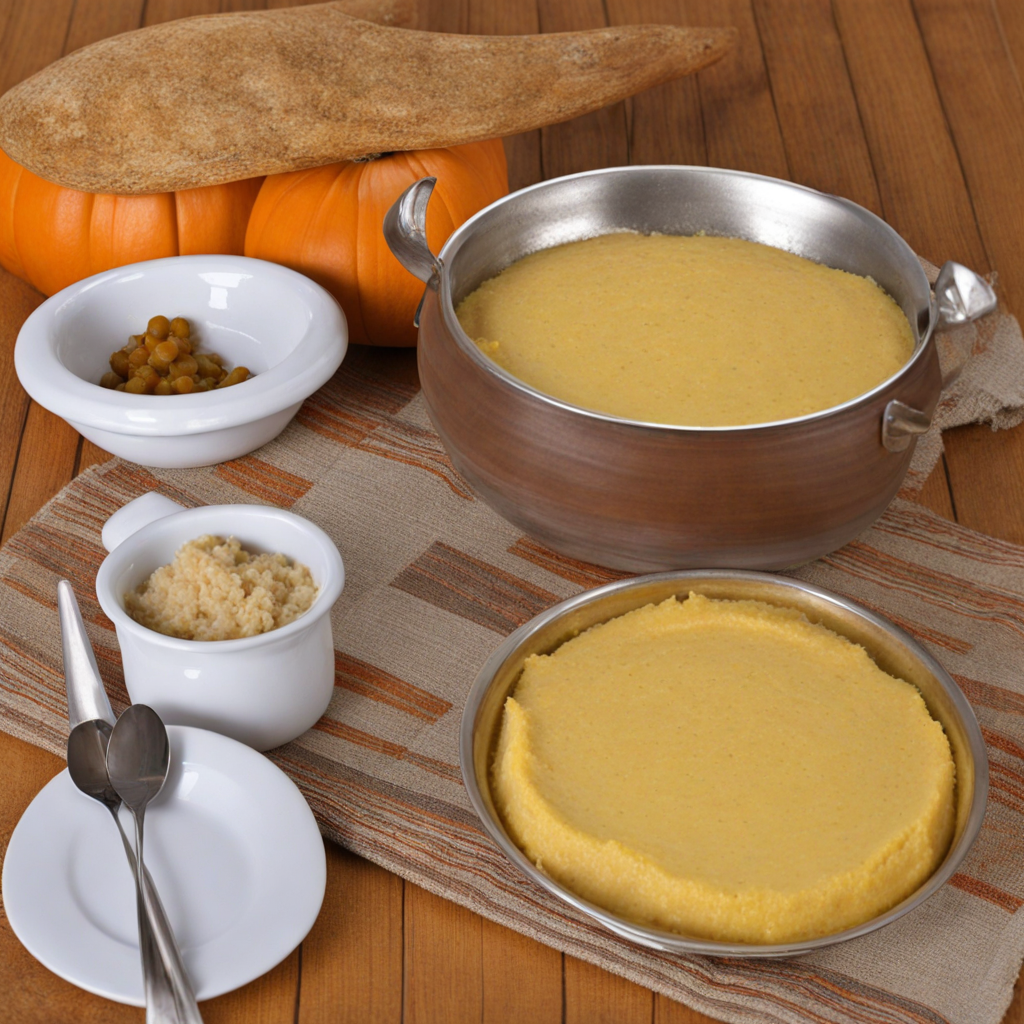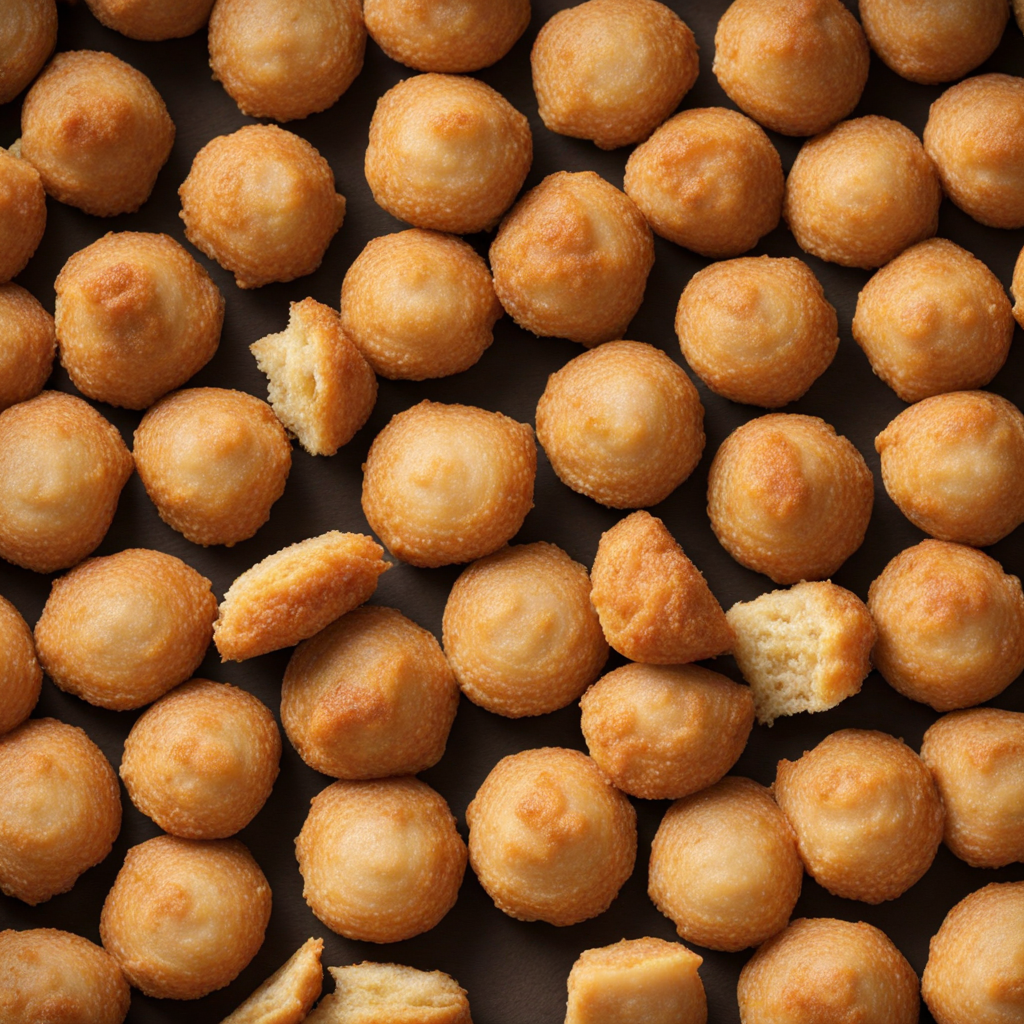Mbeju
Mbeju is a traditional Paraguayan dish that exemplifies the country’s culinary heritage and is deeply rooted in its indigenous Guarani culture. This dish is a type of unleavened bread, primarily made from cassava (also known as manioc or yuca) flour, which has been a staple food in Paraguay for centuries. The history of Mbeju can be traced back to the indigenous people who inhabited the region before the arrival of European settlers. The use of cassava flour reflects the adaptation of local ingredients into everyday cuisine, showcasing the resourcefulness of Paraguayan cooks throughout history. The flavor of Mbeju is distinctively rich and savory, with a slightly nutty undertone derived from the cassava flour. When prepared, it has a delightful texture that is crispy on the outside and soft on the inside. The addition of cheese, often Paraguay’s beloved fresh cheese known as "queso Paraguay," enhances the dish with a creamy and mildly salty flavor. Some variations may include the use of milk or eggs, which contribute to a moister texture and richer taste. The simplicity of Mbeju allows the natural flavors of the ingredients to shine through, making it a versatile accompaniment to various meals or a satisfying snack on its own. Preparation of Mbeju is relatively straightforward, yet it requires attention to detail to achieve the desired texture and flavor. The process begins with the grating of fresh cassava, which is then dried to create flour. This flour is mixed with cheese,
How It Became This Dish
Mbejú: A Culinary Legacy of Paraguay Mbejú, a traditional Paraguayan dish, embodies the essence of the nation’s rich culinary heritage. This unique food, typically made from cassava (or yuca) flour, cheese, and sometimes eggs, has not only sustained generations but also tells a story of resilience, cultural fusion, and identity. To appreciate Mbejú fully, we must explore its origins, cultural significance, and development over time. Origins of Mbejú The roots of Mbejú can be traced back to the indigenous Guaraní people, who were the original inhabitants of the region that is now Paraguay. The Guaraní were skilled in agriculture, cultivating crops such as cassava, corn, and various fruits. Cassava was particularly important, as it served as a primary carbohydrate source. The process of turning cassava into flour, known as "mandioca" in Guaraní, was well-established among these communities long before European contact. When the Spanish colonizers arrived in the 16th century, they brought with them various ingredients and culinary techniques that began to interact with the indigenous food traditions. The introduction of dairy products, particularly cheese, by European settlers marked a significant evolution in local cooking practices. Mbejú emerged as a product of this fusion, combining the native cassava with cheese and other ingredients to create a versatile dish that could be enjoyed in various forms. Cultural Significance Mbejú holds a special place in Paraguayan culture, serving not only as a staple food but also as a symbol of national identity. Its preparation is often associated with family gatherings, celebrations, and communal events. The dish is commonly served during traditional celebrations, such as the Feast of the Virgin of Caacupé, which is a significant religious event in Paraguay. The communal aspect of Mbejú preparation reflects broader cultural values in Paraguay, emphasizing the importance of family and community ties. Preparing Mbejú often involves multiple generations working together, with grandmothers teaching their grandchildren the traditional methods of making the dish. This practice helps to preserve not only the recipe but also the stories and traditions linked to it, fostering a sense of continuity and belonging. Mbejú is also a versatile food that can be adapted to suit different occasions. It can be served as a breakfast item, a snack, or a side dish during lunch or dinner. Its ability to be customized with various ingredients, such as herbs, spices, or additional fillings like meat or vegetables, further underscores its importance in Paraguayan cuisine. Development Over Time As Paraguay underwent significant historical and socio-political changes, so too did the preparation and consumption of Mbejú. In the 19th century, Paraguay faced periods of conflict, including the devastating Paraguayan War (1864-1870), which resulted in severe food shortages and a disrupted agricultural landscape. In such challenging times, Mbejú became a vital food source, as its primary ingredient, cassava, could be cultivated even in less-than-ideal conditions. The resilience of the Paraguayan people is mirrored in their culinary traditions. Mbejú became a symbol of sustenance and survival, representing not only the resourcefulness of the people but also their commitment to maintaining cultural practices in the face of adversity. As communities sought to rebuild after the war, Mbejú remained a staple, with families relying on its simplicity and nourishing qualities. The 20th century brought about further changes in Paraguay’s culinary landscape, influenced by globalization and migration. As Paraguayans began to interact more with other cultures, Mbejú adapted to include new flavors and techniques. This period also saw the rise of commercial production, where Mbejú was made available in markets and supermarkets, making it accessible to a broader audience. Despite these changes, traditional recipes and methods of preparation have persisted. Many families continue to prepare Mbejú using time-honored techniques, such as grating fresh cassava and mixing it with cheese to create the perfect dough. The dish is often cooked on a traditional clay griddle called "parrilla," imparting unique flavors and textures. This dedication to traditional cooking methods highlights the deep-rooted connection between the food and Paraguay’s cultural heritage. Mbejú Today In contemporary Paraguay, Mbejú remains a beloved dish, cherished by both locals and visitors. It is often found in restaurants, street vendors, and homes, showcasing its versatility and adaptability. While the classic version combines just cassava flour and cheese, modern interpretations may include various cheeses, herbs, or even spices to cater to diverse palates. Mbejú has also gained recognition beyond Paraguay’s borders, becoming a part of the culinary conversation in South America. It is featured in various food festivals and events that celebrate Paraguayan culture, attracting attention from food enthusiasts and historians alike. The dish stands as an ambassador for Paraguayan cuisine, inviting others to explore the nation’s rich culinary tapestry. Moreover, as the global food landscape evolves, there is a growing interest in traditional and indigenous foods. Mbejú has found a place in this movement, highlighting the importance of preserving culinary heritage while embracing innovation. Chefs and home cooks are experimenting with Mbejú, incorporating local ingredients and contemporary techniques to create new variations that honor the dish’s origins while appealing to modern tastes. Conclusion Mbejú is more than just a dish; it is a testament to Paraguay’s history, culture, and resilience. Its journey from the kitchens of the Guaraní people to the modern dining tables of Paraguayans illustrates the dynamic interplay between tradition and change. As it continues to evolve, Mbejú remains a cherished symbol of national identity, nourishing not only the body but also the spirit of a people deeply connected to their culinary heritage. Each bite of Mbejú carries with it the stories of generations, reminding us of the power of food to unite, sustain, and preserve culture.
You may like
Discover local flavors from Paraguay


